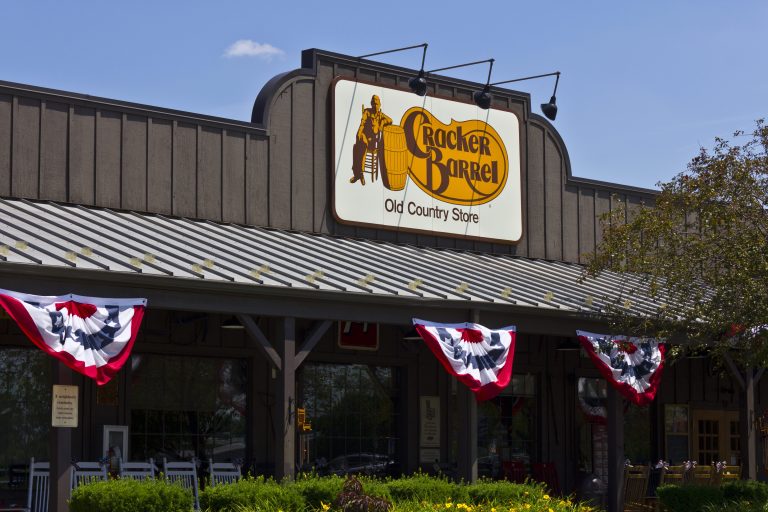When it comes to attracting young restaurant customers, digital rewards are essential Cracker Barrel said.
The restaurant and country store chain, which has more than 660 locations across 45 states, told analysts Friday (Dec. 2) while discussing the company’s latest earnings results that it is gearing up to debut a loyalty program with threefold goals, according to Chief Marketing Officer Jennifer Tate.
“First and foremost is to drive frequency and traffic, really with all of our cohorts, but we definitely have heard in all the research we’ve done that our younger guests are very, very interested [in] and desiring [of] a loyalty rewards program,” Tate said on a call.
Indeed, research from PYMNTS’ study earlier this year, “Digital Divide: Mind the Loyalty Gap,” which drew from a survey of more than 2,400 U.S. consumers, found that 64% of Generation Z diners and 61% of millennials participate in rewards programs with at least one or two of the table-service restaurants they frequent.
Tate said the other two reasons for debuting a loyalty program are to build brand affinity and “finally, and maybe even most importantly” to “unlock the power of that data,” both when it comes to research and development and when it comes to targeted marketing.
Indeed, across the restaurant industry, brands are racing to offer the most personalized marketing, both by culling data from transactions and by more traditional research methods.
Advertisement: Scroll to Continue
“It’s really bringing a personalized approach,” Daniel Shlossman, chief digital officer of fast-casual chain Sweetgreen, told PYMNTS in an interview earlier this year. “We’re testing, we’re iterating, we’re talking to customers, we’re understanding how they’re interacting with them, and we believe that will ultimately be able to bring them together into something [that’s] built for each individual customer rather than something that [is] cookie cutter.”
Targeted offers can be especially essential to maintaining loyalty now, as rising prices have many consumers opting out of restaurant dining in favor of grocery purchases.
Research from PYMNTS’ study “Consumer Inflation Sentiment: Inflation Slowly Ebbs, but Consumer Outlook Remains Gloomy,” which drew from an August survey of more than 2,100 consumers, found that 78% are shifting to eating at home more often to save money in the face of inflation.
Yet, rewards can help keep consumers engaged. Research from PYMNTS’ study “Big Retail’s Innovation Mandate: Convenience and Personalization,” created in collaboration with ACI Worldwide, which drew from a survey of 300 U.S. and U.K. retailers, found that 77% think that consumers would be very or extremely likely to switch merchants if digital coupons and rewards were not provided.
“With some of the macroeconomic trends ahead, I think it would make sense if rewards programs started to become more generous, and more restaurants are participating in them,” Or’el Anbar, director of analytics at fast-casual chain Just Salad, told PYMNTS in a November interview. “Because it’s easy to roll out to a lot of point-of-sale systems and use the technology restaurants already have in place to now offer rewards functionality, and customers are going to be looking for value.”

